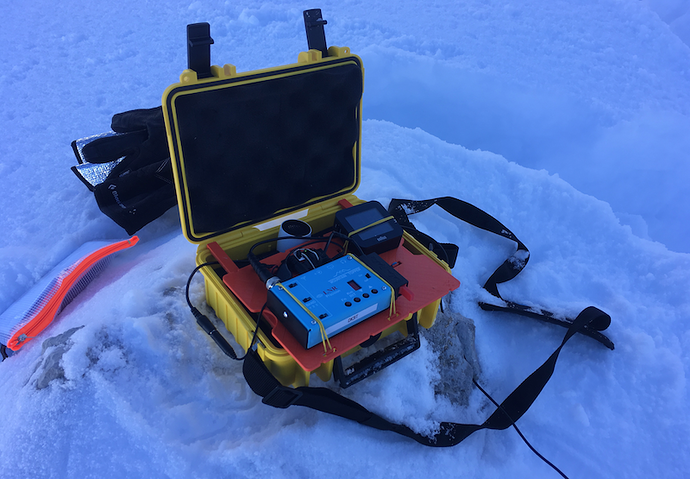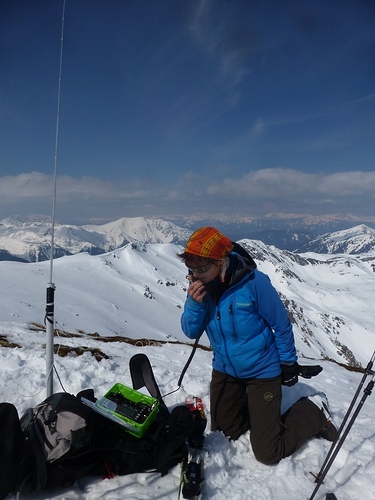Dear all,
thanks for your many valuable suggestions, and the experiences shared!
Tomorrow, I will give it a try with HB/UR-042 Badus/Six Madun (2928m, 10 points + 3 P winter bonus):
HB/UR-042 Badus
Here is my plan based on your input:
-
I will take the Mountain Topper MTR3B with me and leave the FT817 at home and try for my first CW-only activation. FM is likely no option; since the summit is pretty remote and the level of activity in FM in general low in here. I also think it is better to select one strategy and focus on that instead of trying three different ones (FM, SSB, CW), which will take time to change equipment etc.
As for SSB: This would be more entertaining for the bystanders, but I will rather try to be focussed and quick with CW. Also, I have doubts that I will have good mobile internet coverage there - with SSB, I will waste valuable time trying to self-spot me, and maybe multiple times if some 1 kW station forces me to change my frequency. With CW, I can hope for being spotted automatically.
-
As for the other equipment, I will take my 6m mast and a 3-band EFHW with traps with me (based on the design described by Heinz, HB9BCB). This is resonant and efficient even at 6m; and the 30m option gives me one more shot if 40m and 20m will be too busy.
-
As for the operating procedure, I have stored the following three messages or parts of messages into my MTR memory keyer:
M1: Short SOTA CQ, can also be used in beacon mode:
CQ SOTA DE HB9/DK3IT/P K
M2: Full SOTA CQ with summit reference and repetitions
CQ SOTA CQ SOTA DE HB9/DK3IT/P HB9/DK3IT/P ON HB/UR 042 HB/UR 042 K
I think 2 x CQ, call, and summit reference is enough and omitting the dash (HB/UR 042 instead of HB/UR-042) will be okay (and even easier for CW novices).
M3: Just the call with the HB9/ CEPT prefix and /P suffix on a third memory position, i.e. HB9/DK3IT/P.
I think this will make my live a bit easier, since it is easy to make mistakes giving H with cold fingers etc., an the suffix and prefix make it a pretty long callsign anyway.
I can then use this to reduce errors when sending the call. The only downside is that the MTR uses a slightly different speed for memory vs. live keying, so the resulting code is not as melodic as giving the entire sequence with the paddle. But it is at least one additional fall-back measure.
As for the general set-up: The antenna will take the most time, but I typically manage in under 5 minutes. I have a long tent pole (40 cm) with me that will work well in snow, and can then attach the mast with velcro straps quickly.
The MTR is readily configured on a plastic pad (see image above. I just need to open the yellow box, plug-in the headsets, slide-out the palm pico paddle, connect the antenna, and am ready to go.
Still, this approach has many risks for failure, like
- ongoing contests and QRM will make it difficult to quickly find an operating frequency (but 30m should be ok)
- I will likely not be able to handle a chaotic pile-up due to lack of experience.
- The weather in here is difficult for skitouring; we might not even make it to the summit or be forced to make a very short touchdown on the summit and leave right away.
On the other hand: I will be on trying the summit anyway; I have my gear with me in the backpack, the extra weight is just a bit over 1.2 kg, and SOTA is great fun. I will just try to set my expectations low - and hope for support by a sufficient number of chasers.
Again, thanks for your help!
I will post my experiences upon my return.
vy 73 de Martin, DK3IT


